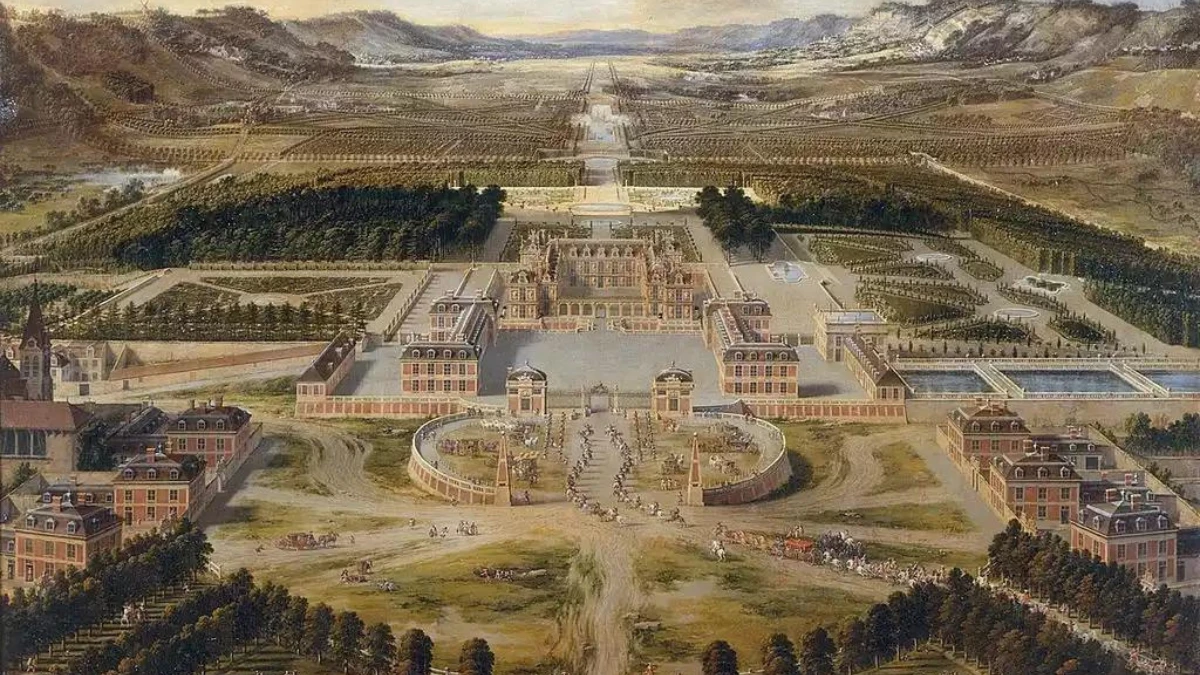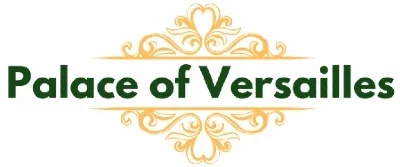The History of Versailles Estate
Hunting Lodge, Royal Residence, Political Hub, Treaty Site, Revolution, Museum

The Palace of Versailles was the royal residence of France for over a century, from 1682 until the French Revolution in 1789.
It was a simple hunting lodge and became one of the world’s most luxurious attractions.
Its architectural and artistic richness placed it on the UNESCO Heritage Sites list 1979.
Here’s everything you need to know about the history of this royal residence.
The Palace of Versailles gets over 8 million visitors each year, so it’s best to book early. The Full Access Ticket lets you explore on your own, the Guided Tour offers expert insights, and the Transport Tour makes it easy with pickup from Paris.
Versailles Timeline
| Year | Event |
| 1607 | The young Dauphin, Louis XIII, arrived at Versailles for his first hunting trip on 24 August. |
| 1623 | Louis XIII begins the construction of Versailles as a small hunting lodge |
| 1661 | Louis XIV commences the transformation of Versailles into a magnificent palace, showcasing his power. |
| 1682 | The King relocates his court from Paris to Versailles, establishing it as the center of French political and social life. |
| 1789 | Revolutionary mobs stormed the Palace, forcing the royal family to return to Paris, signaling the end of the monarchy. |
| 1837 | Versailles was converted into a public museum to celebrate French glory. |
| 1871 | Wilhelm I was crowned the German Emperor in the Hall of Mirrors, a pivotal moment in European history. |
| 1919 | The Treaty of Versailles is signed, reshaping post-World War I Europe and holding Germany accountable for the conflict. |
| 1979 | Versailles is designated as a UNESCO World Heritage Site, gaining global recognition. |
| 2003 | Extensive restoration projects commenced, including the renovation of the Hall of Mirrors, with renewed efforts in 2011. |
| 2024 | Major preservation efforts are ongoing at Versailles, including establishing Campus Versailles. This new initiative will teach the arts and skills in constructing the Versailles Palace. |
From Hunting Lodge to Iconic Versailles Palace
When Louis XIII was a child, he visited Versailles in 1607 with his father, Henry IV, to explore a hunting area.
The place was filled with forests and meadows where he could play many games. He loved the vast area as a kid.
Nearly 14 years later, in 1621, Louis XIII returned to Versailles. By 1623, he decided to build a hunting lodge there.
He started using the lodge in 1624, and its expansion continued until 1634. This development laid the foundation for the historic site we see today.
Louis XIV, one of the longest-serving European monarchs, came to the throne at four.
In 1682, Versailles became his official residence, and he moved the French government court there.
Over 50 years, King Louis XIV expanded the Versailles Estate, adding luxurious rooms, beautiful gardens, elegant fountains, and orangeries.
Notable features include the King’s Apartments, the Queen’s Apartments, the Hall of Mirrors, the Royal Stables, the Royal Chapel, the Grand Trianon, and the Versailles Gardens.
After Louis XIV died in 1715, Versailles was briefly abandoned. Louis XV then completed his great-grandfather’s ongoing projects, commissioning works like the Petit Trianon.
Louis XVI came into power in 1774, and the Petit Trianon became closely associated with his wife, Marie Antoinette.
Due to lavish spending and mismanagement, France almost went bankrupt in 1788, which led to the French Revolution.
The French central government remained at Versailles until the French revolutionaries mobbed the Palace in 1789, forcing Marie-Antoinette and King Louis XVI to leave.
Book the popular Versailles tickets now and admire the attractions of this Royal Residence, including the Hall of Mirrors, Trianon Estate, Versailles Gardens, and Park!
Versailles Palace as Political Power House
Versailles Palace has played a significant role in ending three major wars.
The Treaty of Paris was signed here in 1783, with Britain recognizing the United States as an independent.
In 1871, after France was defeated in the Franco-Prussian War, they accepted their defeat at this iconic palace.
Versailles also played a key part in ending World War I. The Treaty of Versailles 1919, signed in the Hall of Mirrors, officially ended the war between Germany and the Allied Powers.
Royal Life at Versailles
Life at Versailles during Louis’ reign was luxurious and highly ritualized.
Even simple daily activities, such as waking up and going to sleep, were conducted with elaborate ceremonies attended by noblemen and women.
King Louis kept the nobles occupied with parties and celebrations to prevent them from plotting against him.
The King always wanted an audience, so nobles and courtiers were always present to observe him during meals and other daily chores.
However, despite its grandeur, Versailles Palace had poor waste management, leading to a constant stench of human feces throughout.
If you wish to learn more before you visit Versailles, you can find further details about the palace’s Opening hours, How to reach the palace, Renting vehicles, Tips for visiting the Versailles Palace, and Restaurants and cafes near the palace.
FAQs
Here are some of the frequently asked questions about the History of the Versailles Palace.
How old is the Palace of Versailles?
The Palace of Versailles is 400 years old.
Why is the Palace of Versailles important in history?
In 1682, under the reign of Louis XIV, Versailles became the main residence of the French court and government.
It was the center of political power in France and hosted many significant events, including the signing of the Treaty of Versailles, which ended World War I.
Was the Palace of Versailles destroyed?
During the French Revolution, people stormed the palace and forced the royal family to leave.
Many royal collections were destroyed or taken away. However, it was later turned into a public museum. Today, it is one of the world’s top tourist attractions.
